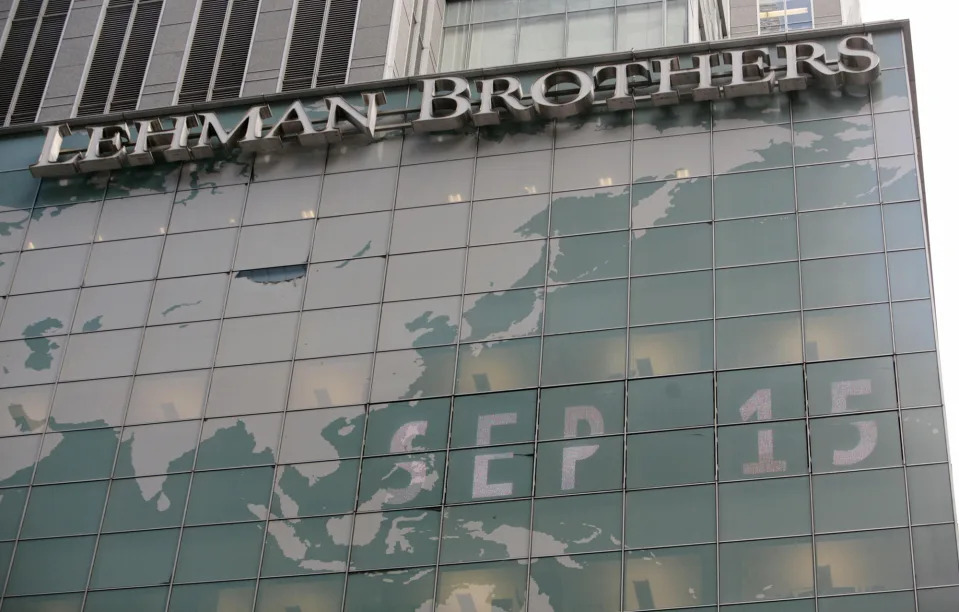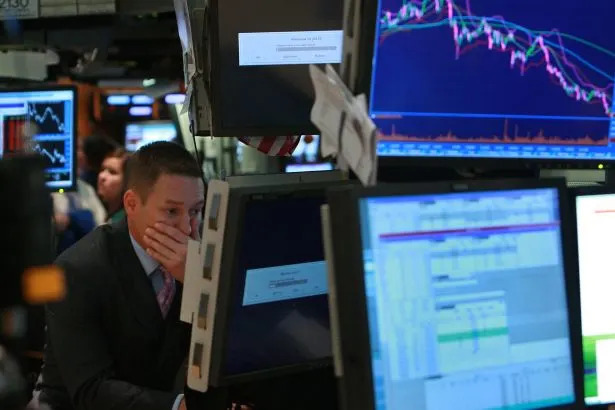Updated Sat, September 16, 2023
ISTANBUL (Reuters) -Turkish President Tayyip Erdogan said on Saturday that Ankara could "part ways" with the European Union if necessary when asked about the contents of a European Parliament report on Turkey.
The report, adopted earlier this week, said Turkey's accession process with the 27-member bloc cannot resume under current circumstances and called for the EU to explore "a parallel and realistic framework" for its ties with Ankara.
Turkey has been an official candidate to join the EU for 24 years, but accession talks have stalled in recent years over the bloc's concerns about human rights violations and respect for the rule of law.
"The EU is trying to break away from Turkey," Erdogan told reporters ahead of a trip to the United States. "We will make our evaluations against these developments and if necessary, we can part ways with the EU."
Turkey's Foreign Ministry said earlier this week that the European Parliament report contained unfounded allegations and prejudices and took "a shallow and non-visionary" approach to the country's ties with the EU.
(Reporting by Ezgi ErkoyunEditing by Toby Chopra and Helen Popper)
Press Releases
PLENARY SESSION
AFET
13-09-2023 -
Türkiye’s EU accession process cannot resume under the current circumstances
No link between Sweden’s NATO membership and Türkiye´s EU accession processes
Türkiye is expected to respect democratic values, rule of law and human rights
EU is committed to further support refugees and post-earthquake reconstruction efforts in Türkiye
In their annual report, MEPs urge the EU and Türkiye to break the current deadlock and find “a parallel and realistic framework” for EU-Türkiye relations.
Unless the Turkish government drastically changes course, Türkiye’s EU accession process cannot resume under the current circumstances, say MEPs in their report adopted on Wednesday by 434 votes in favour, 18against and 152abstentions.
Urging the Turkish government, the European Union and its member states to break the current deadlock and move towards a closer partnership, MEPs recommend finding a parallel and realistic framework for EU-Türkiye relations, and call on the Commission to explore possible formats.
MEPs confirm that Türkiye remains a candidate for EU accession, a NATO ally and a key partner in security, trade and economic relations, and migration, stressing that the country is expected to respect democratic values, rule of law, human rights and abide by EU laws, principles and obligations.
No link between Sweden’s NATO and Türkiye´s EU accession processes
Parliament urges Türkiye to ratify Sweden’s NATO membership without any further delay, and underlines that the NATO accession process of one country can in no way be linked to the EU accession process of another. Each country’s EU progress remains based on its own merits, MEPs stress.
The report welcomes Türkiye's vote in favour of condemning Russia’s war of aggression against Ukraine in the UN General Assembly and its commitment to the sovereignty and territorial integrity of the country, regretting that Türkiye does not support sanctions outside the UN framework. Türkiye’s alignment rate with the EU’s Common foreign and security policy has slipped to an all-time low of 7 %, making it by far the lowest of all enlargement countries.
EU commitment to support refugees and the post-earthquake reconstruction efforts
MEPs commend Türkiye’s efforts to continue hosting the largest refugee population in the world of almost four million people. They welcome that the EU continues to provide funding for refugees and host communities in Türkiye, and are strongly committed to sustaining this in the future.
Expressing their heartfelt condolences to the families of the victims of the devastating earthquakes of 6 February 2023, MEPs state that the EU should continue to meet Türkiye’s humanitarian needs and reconstruction efforts. They underline that European solidarity could lead to a tangible improvement in relations between the EU and Türkiye.
Quote
The rapporteur Nacho Sánchez Amor (S&D, ES) said : “.”
“We have recently seen a renewed interest from the Turkish government in reviving the EU accession process. This will not happen because of geopolitical bargaining, but only when the Turkish authorities show real interest in stopping the continuing backsliding in fundamental freedoms and rule of law in the country. If the Turkish government really wants to revive its EU path, it should demonstrate this through concrete reforms and actions, not statements.”
Background
EU accession negotiations have effectively been at a standstill since 2018, due to the deterioration of rule of law and democracy in Türkiye.
Europarl.europa.eu





.jpg)






